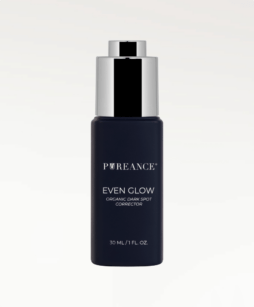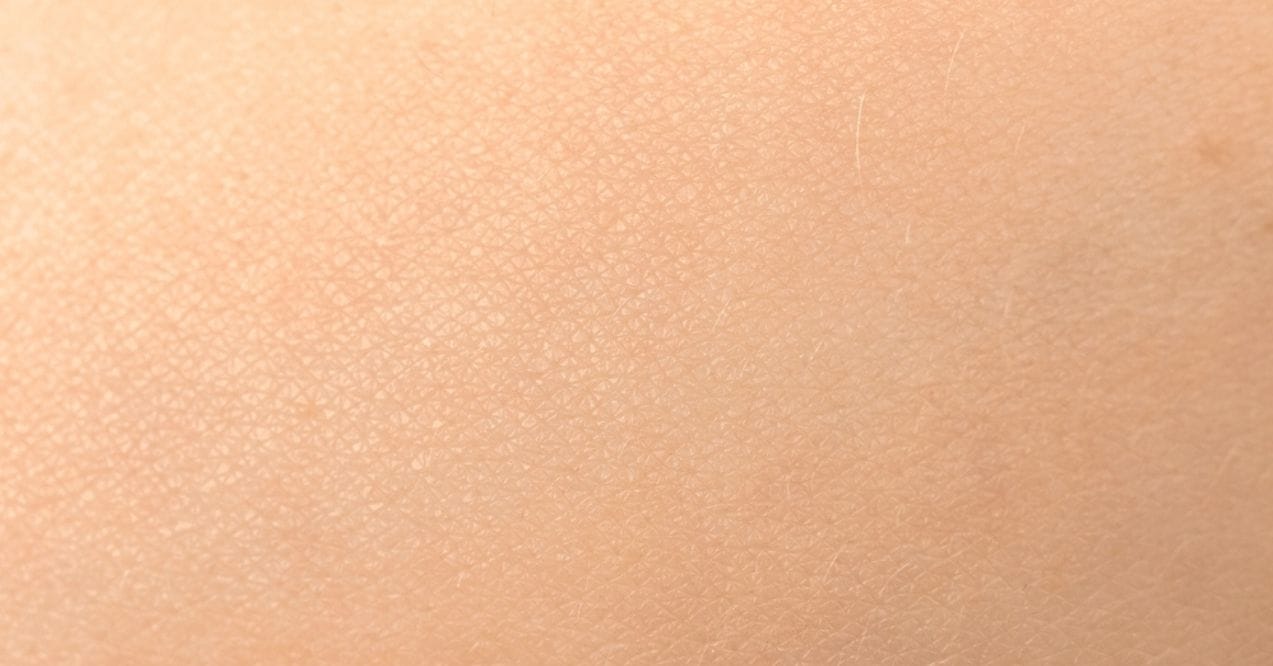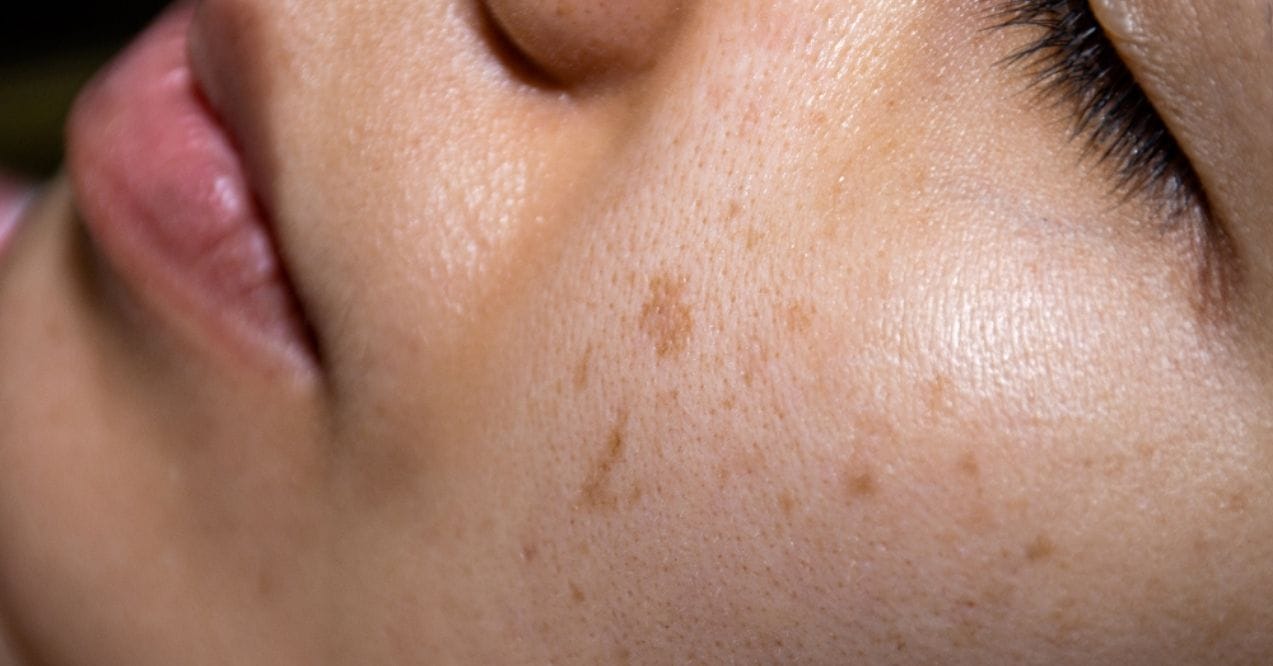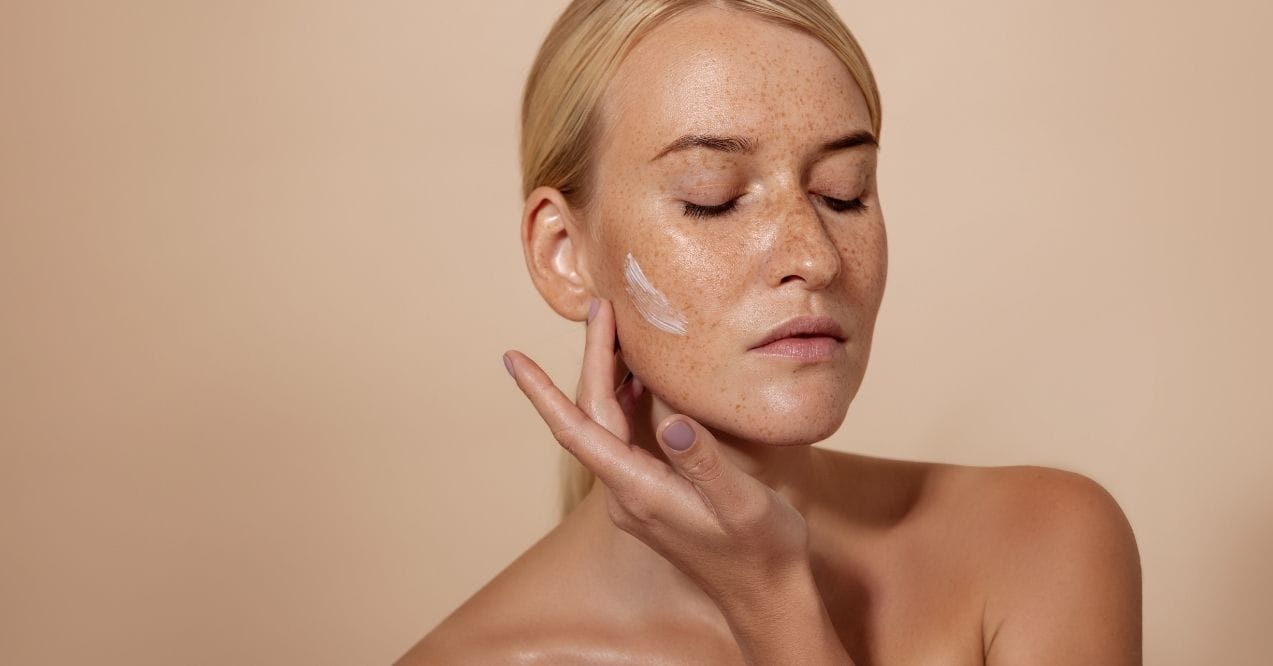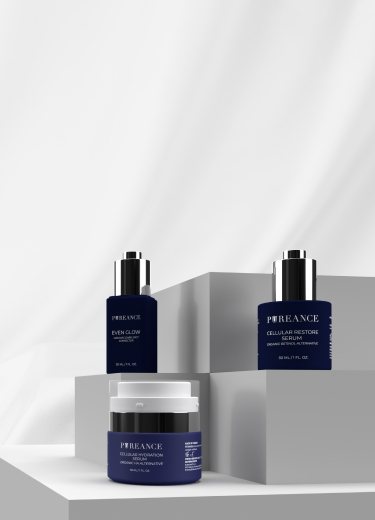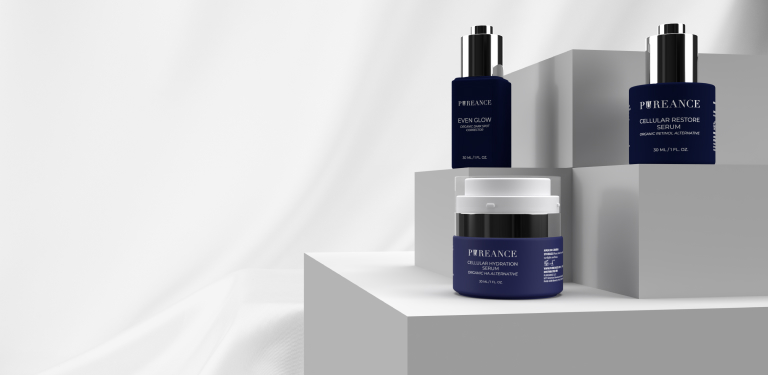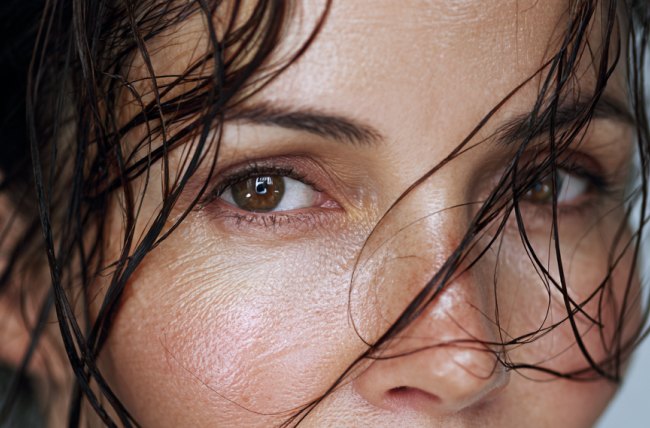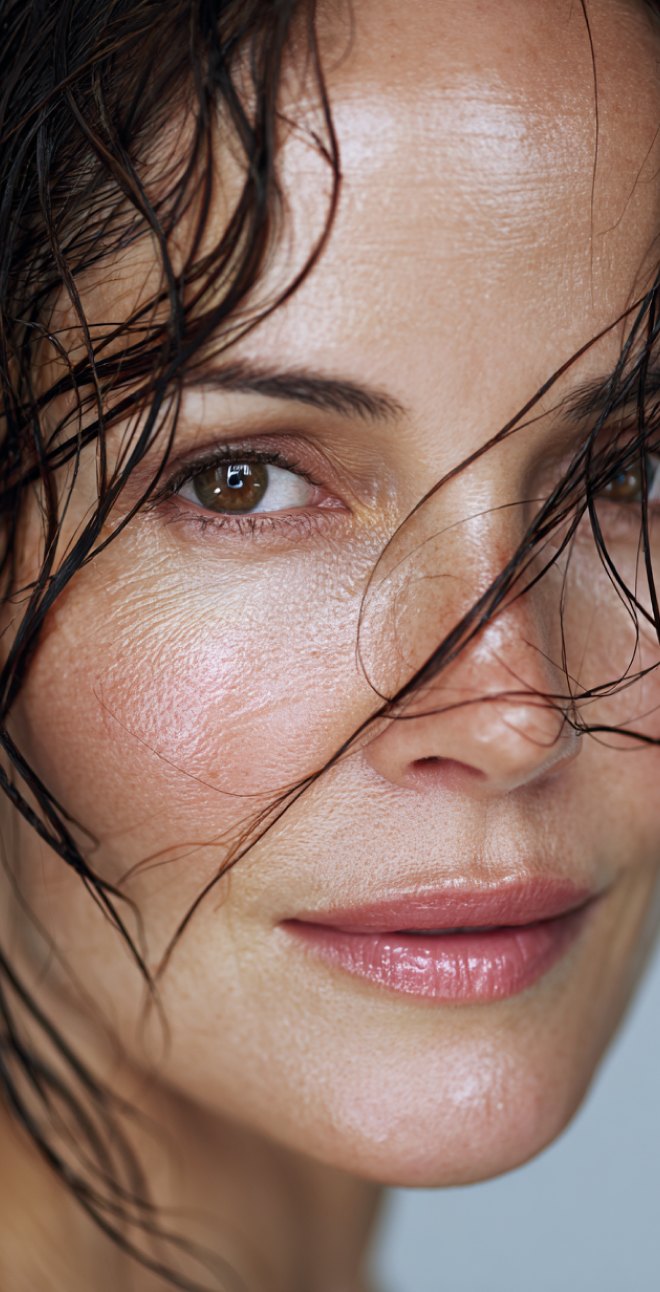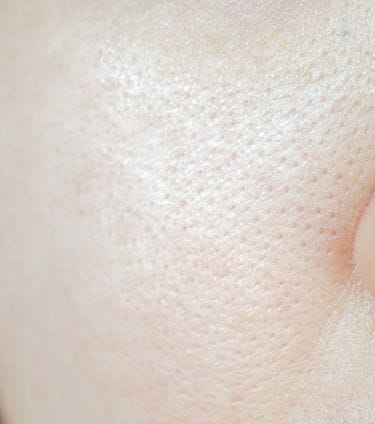
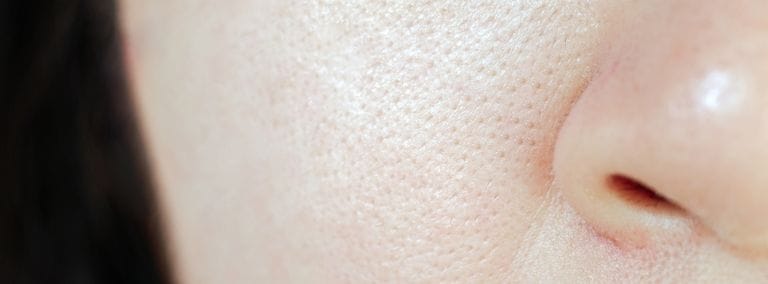

How to Get Rid of Textured Skin
Learning how to get rid of textured skin can feel overwhelming, but you’re not alone in this journey. Many women experience uneven skin texture, and it’s a common concern that can affect how we feel about our appearance. The good news? With consistent care and the right approach, you can improve your skin’s texture and restore its natural smoothness.
In this guide, we’ll explore effective strategies for smoother, more radiant-looking skin, from daily care routines to professional treatments that can help you achieve the complexion you desire.
Key Article Findings
- Consistent cleansing and exfoliation routines support smoother-looking skin.
- A blend of targeted ingredients and sun protection helps maintain texture improvements.
- Both professional and natural options can enhance your skincare results.
What Causes Textured Skin on the Face?
Understanding what causes textured skin on the face is the first step toward achieving a smoother complexion. Multiple factors can contribute to uneven texture, from daily habits to environmental influences. Let’s explore the main culprits behind this common concern.
Clogged Pores and Excess Sebum
When your skin produces more oil than necessary, it can mix with dead skin cells and create a buildup on your skin’s surface. This combination can lead to enlarged pores and rough patches that disrupt your skin’s natural smoothness. The accumulation of these materials can also result in small bumps and uneven areas across your complexion.
Sun Damage and Environmental Stressors
Daily exposure to UV rays and environmental elements can significantly impact your skin’s texture. These factors can break down important proteins that maintain skin smoothness. City living brings additional challenges, as pollution particles can settle on your skin throughout the day, potentially leading to surface irregularities and uneven texture.
Lack of Exfoliation
Your skin naturally sheds dead cells, but sometimes this process needs a helping hand. Without regular exfoliation, these cells can accumulate on your skin’s surface, creating a rough, dull appearance. This buildup can also slow down your skin’s natural renewal process, making it harder to maintain a smooth surface texture.
Aging and Collagen Loss
As time passes, your skin’s natural production of collagen and elastin naturally decreases. These proteins play a crucial role in maintaining smooth, firm-looking skin. When their levels decline, you might notice changes in your skin’s texture. The good news is that many skincare ingredients can support your skin’s natural collagen production, helping to maintain a smoother appearance.
How to Help Textured Skin
If you’re wondering how to get rid of textured skin, a consistent, well-planned skincare routine can make a significant difference. By incorporating specific ingredients and techniques, you can support your skin’s natural smoothing processes and improve its overall appearance. Here’s what helps with textured skin and how to effectively incorporate these elements into your routine.
Double Cleansing
This two-step cleansing method starts with an oil-based cleanser to dissolve surface impurities, followed by a water-based cleanser to refresh your skin. The first cleanse helps break down sunscreen, makeup, and excess oils, while the second cleanse ensures your skin is thoroughly clean. Look for gentle formulas that won’t disrupt your skin’s natural moisture barrier.
Exfoliation
Chemical exfoliants can be incredibly effective for those wondering how to improve your skin texture. Alpha-hydroxy acids (AHAs) like glycolic acid work on the skin’s surface to promote a smoother appearance, while beta-hydroxy acids (BHAs) such as salicylic acid can help unclog pores. Start with a once-weekly application and gradually increase frequency based on your skin’s response.
Retinoids or Retinol
These powerful ingredients can help improve the appearance of skin texture by supporting natural cell turnover. Begin with a lower concentration and use it every third night, gradually increasing frequency as your skin adjusts. Apply in the evening and always follow with moisturizer.
Hydration and Barrier Support
Maintaining proper hydration is crucial when learning how to treat textured skin. Look for serums containing hyaluronic acid, which attracts moisture to the skin. Products with ceramides can help support your skin’s natural barrier, leading to a smoother, more refined appearance.
Sunscreen
Daily sun protection is non-negotiable for maintaining smoother-looking skin. Choose a broad-spectrum SPF 30 or higher and reapply throughout the day. Modern formulations offer lightweight textures that won’t feel heavy or greasy on your skin.
Layering Products Effectively
Apply products in order of consistency, starting with the thinnest formulas and working up to the thickest. Allow each layer to settle for 30-60 seconds before applying the next product. This approach helps maximize the benefits of your skincare routine and supports optimal product absorption.
Targeted Treatments for Textured Skin
When daily skincare isn’t delivering the results you desire, professional textured skin treatments can offer more intensive solutions. These advanced options can provide significant improvements in skin texture, though it’s important to understand what each treatment entails.
Professional Chemical Peels
Chemical peels work by gently removing surface skin cells to promote a smoother appearance. Light peels use mild solutions for subtle enhancement with minimal downtime. Medium-depth peels can offer more noticeable improvements in texture but may require several days of recovery time.
Microneedling
This innovative treatment uses tiny needles to create microscopic channels in the skin’s surface. These channels stimulate your skin’s natural renewal process, supporting collagen production. While you might experience some redness for a few days, many people notice improvements in skin texture after several sessions.
Laser Resurfacing
Laser treatments can help improve the appearance of uneven texture by targeting specific skin layers. Different types of lasers offer varying levels of intensity, from gentle treatments with minimal downtime to more intensive options that might require several days of recovery.
Dermaplaning
This gentle treatment manually removes surface debris and facial hair using a specialized tool. The process can leave skin looking immediately smoother and more luminous. It’s one of the gentler professional options, typically requiring no downtime and working well in combination with other treatments.
Natural Remedies to Smooth Skin
For those wondering how to get rid of textured skin using natural ingredients, your kitchen might hold some wonderful options. These gentle, time-tested solutions can complement your regular skincare routine and offer a more holistic approach to smoother-looking skin.
Honey and Yogurt Masks
Natural honey offers impressive hydrating properties, while yogurt contains gentle lactic acid that can help smooth skin’s appearance. Try these simple combinations:
- Mix 1 tablespoon raw honey with 2 tablespoons plain Greek yogurt for a basic smoothing mask
- Add a teaspoon of finely ground oats to the honey-yogurt mixture for extra gentle physical exfoliation
- Leave the mask on for 15-20 minutes before rinsing with lukewarm water
Aloe Vera
Fresh aloe vera gel can help maintain skin’s moisture balance while supporting its natural renewal process. For best results:
- Use pure aloe vera gel directly from the plant or choose an additive-free version
- Apply a thin layer to clean skin before your regular moisturizer
- Consider mixing aloe vera with a few drops of rosewater for added hydration benefits
Oatmeal Scrubs
Oatmeal provides gentle surface renewal while supporting your skin’s natural moisture barrier. Create your own gentle scrub:
- Grind 1/4 cup of plain oatmeal into a fine powder
- Mix with 2 tablespoons of honey and 1 tablespoon of plain yogurt
- Gently massage the mixture onto damp skin using circular motions
- Use once or twice weekly, depending on your skin’s needs
Remember to perform a patch test with any new natural ingredient and introduce these remedies gradually into your skincare routine.
Conclusion
Learning how to get rid of textured skin takes time and patience, but with consistent care and the right approach, you can achieve a smoother, more radiant complexion. Whether you choose daily skincare routines, professional treatments, or natural remedies, the key is finding what works best for your skin and sticking with it.
Remember that small, consistent steps often lead to the most sustainable improvements in skin texture. Stay committed to your skincare journey, and celebrate the progress along the way.
Skin texture can be influenced by various factors including excess oil production, accumulated dead skin cells, environmental exposure, and natural changes in collagen levels. Regular exfoliation and proper skincare can help improve its appearance.
While some treatments like professional dermaplaning can provide immediate surface smoothing, lasting improvements typically require consistent care over time. A dedicated skincare routine supports gradual enhancement of skin’s texture.
No, skin texture can be improved with proper care. Regular exfoliation, hydration, protection, and targeted treatments can help maintain smoother-looking skin, though results depend on consistency and individual skin needs.
This site offers health, wellness, fitness and nutritional information and is designed for educational purposes only. You should not rely on this information as a substitute for, nor does it replace, professional medical advice, diagnosis, or treatment. If you have any concerns or questions about your health, you should always consult with a physician or other health-care professional. Do not disregard, avoid or delay obtaining medical or health related advice from your health-care professional because of something you may have read on this site. The use of any information provided on this site is solely at your own risk.
Nothing stated or posted on this site or available through any services are intended to be, and must not be taken to be, the practice of medical or counseling care. For purposes of this agreement, the practice of medicine and counseling includes, without limitation, psychiatry, psychology, psychotherapy, or providing health care treatment, instructions, diagnosis, prognosis or advice.
